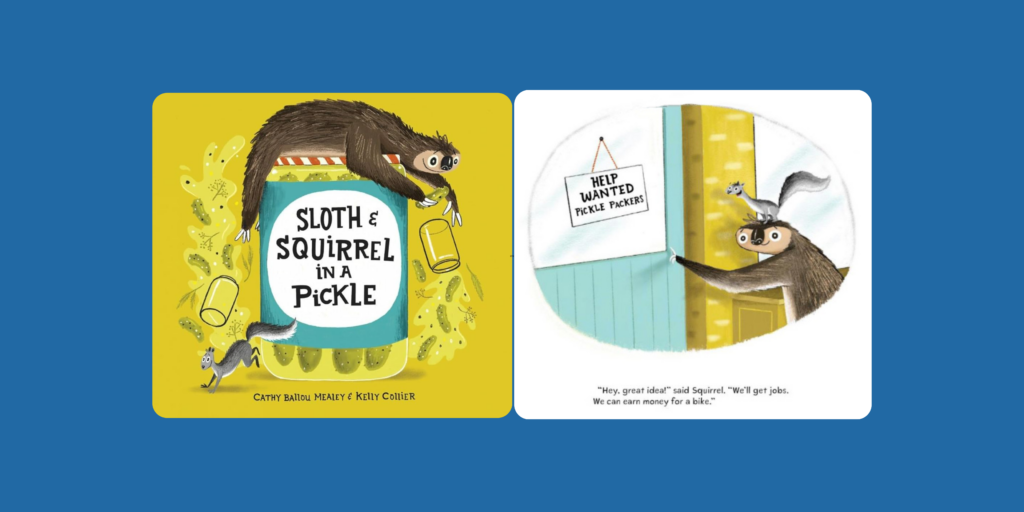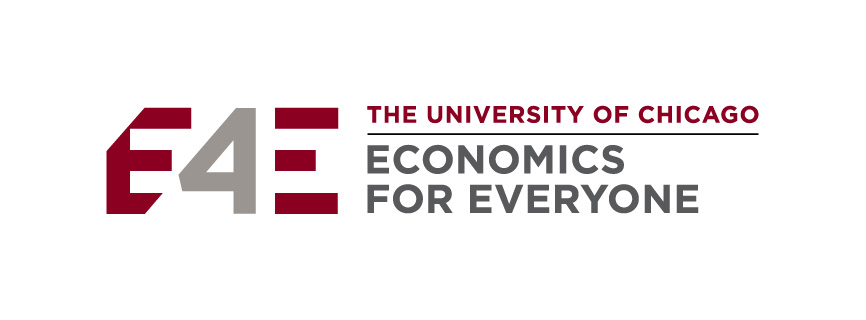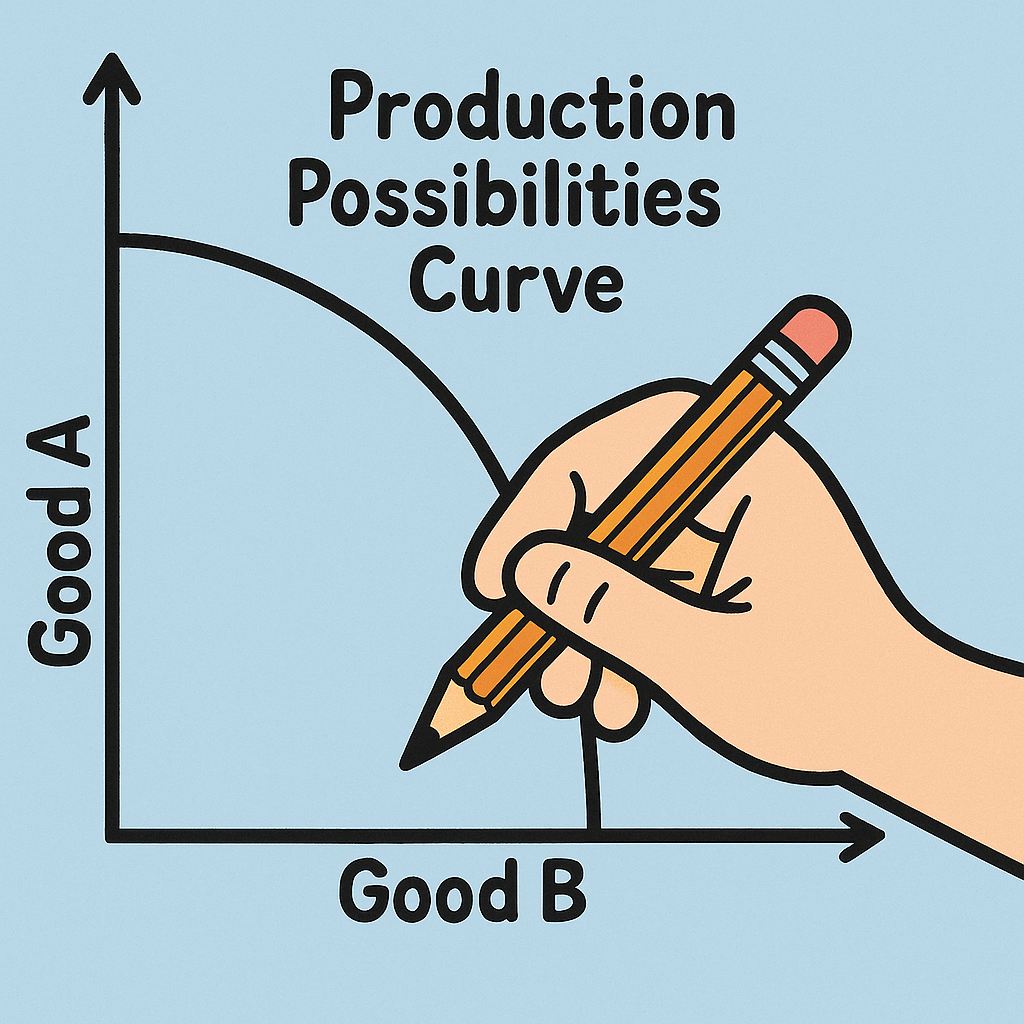
Grades 6-8

Don't have an account yet? Sign up for free
Don't have an account yet? Sign up for free
Students will be able to:

There are two 30 minute elementary lesson plans with all activities included available for download. In the lesson plans, students will examine the human capital of Squirrel, Sloth, and Mr. Peacock and apply the concept to identify their own human capital. Human capital refers to the quality of labor resources, which can be improved through investments in education, training, and health. Investments in human capital are ways to “train your brain” to become more skilled, productive and successful at tasks.
Story Synopsis of Sloth and Squirrel in a Pickle
A pair of unlikely friends decide they would like a new tandem bike and begin their pursuit to earn money to purchase one. Mr. Peacock, the manager of a pickle-packing company, hires them and it does not go well. Squirrel’s plan to specialize, with him packing the jars and Sloth attaching the labels, backfires. When Mr. Peacock discovers six hundred and seventy-seven pickle jars with upside down labels, he fires them. Stating he cannot pay them for their work, he gives them the unsellable pickles. The entrepreneurial friends turn their mistake into a unique business, make a profit, and surpass their goal.

Grades 6-8

Grades 9-12

Grades 9-12

Grades K-2, 3-5
